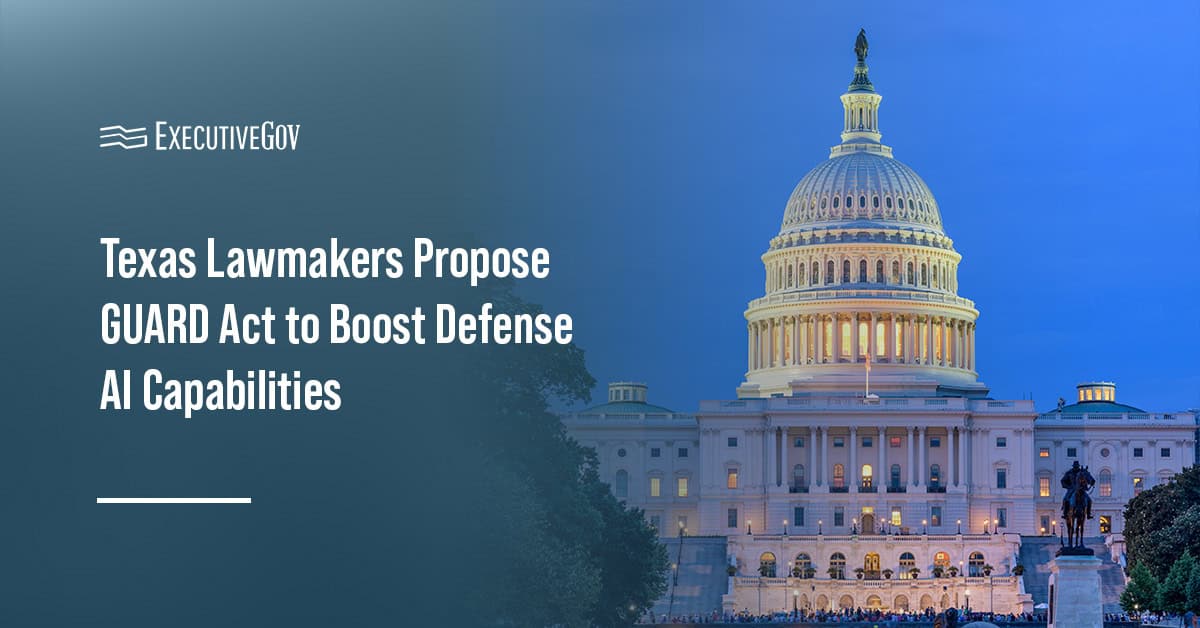
The Federal Aviation Administration has launched a partnership program to foster careers in the technology area of unmanned aircraft systems.
The UAS Collegiate Training Initiative invites academic institutions to help industry, FAA, local government entities and others build the country's UAS workforce, FAA said Thursday.
UAS-CTI aims to provide the skills that graduates would need to develop careers in the UAS industry. The program also supports requirements of the 2018 FAA Reauthorization Act.
“Providing our nation’s youth with educational opportunities is a major commitment of this administration,” said Stephen Dickson, FAA Administrator.
Applicant schools must offer UAS-related programs to be eligible for participation.





